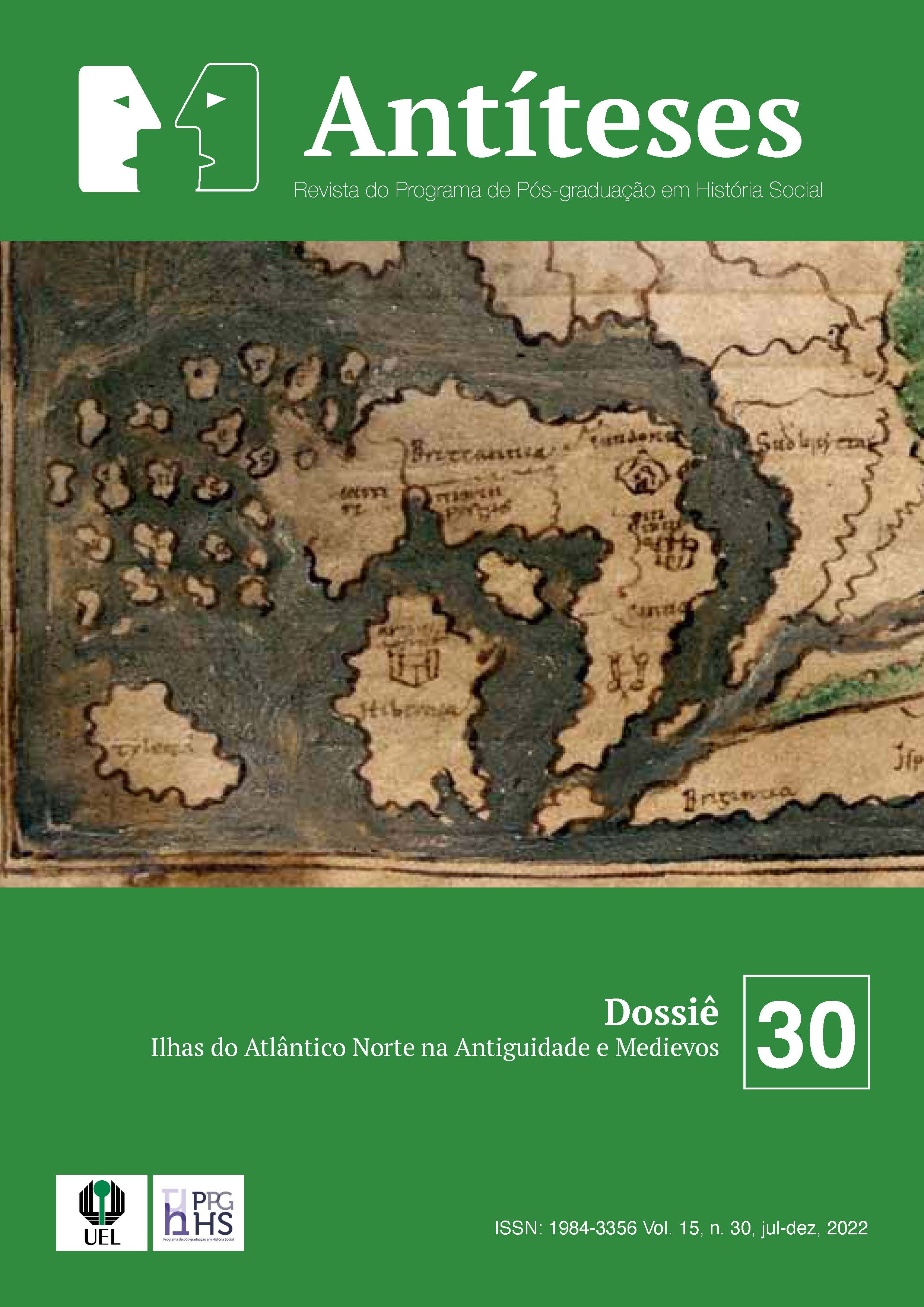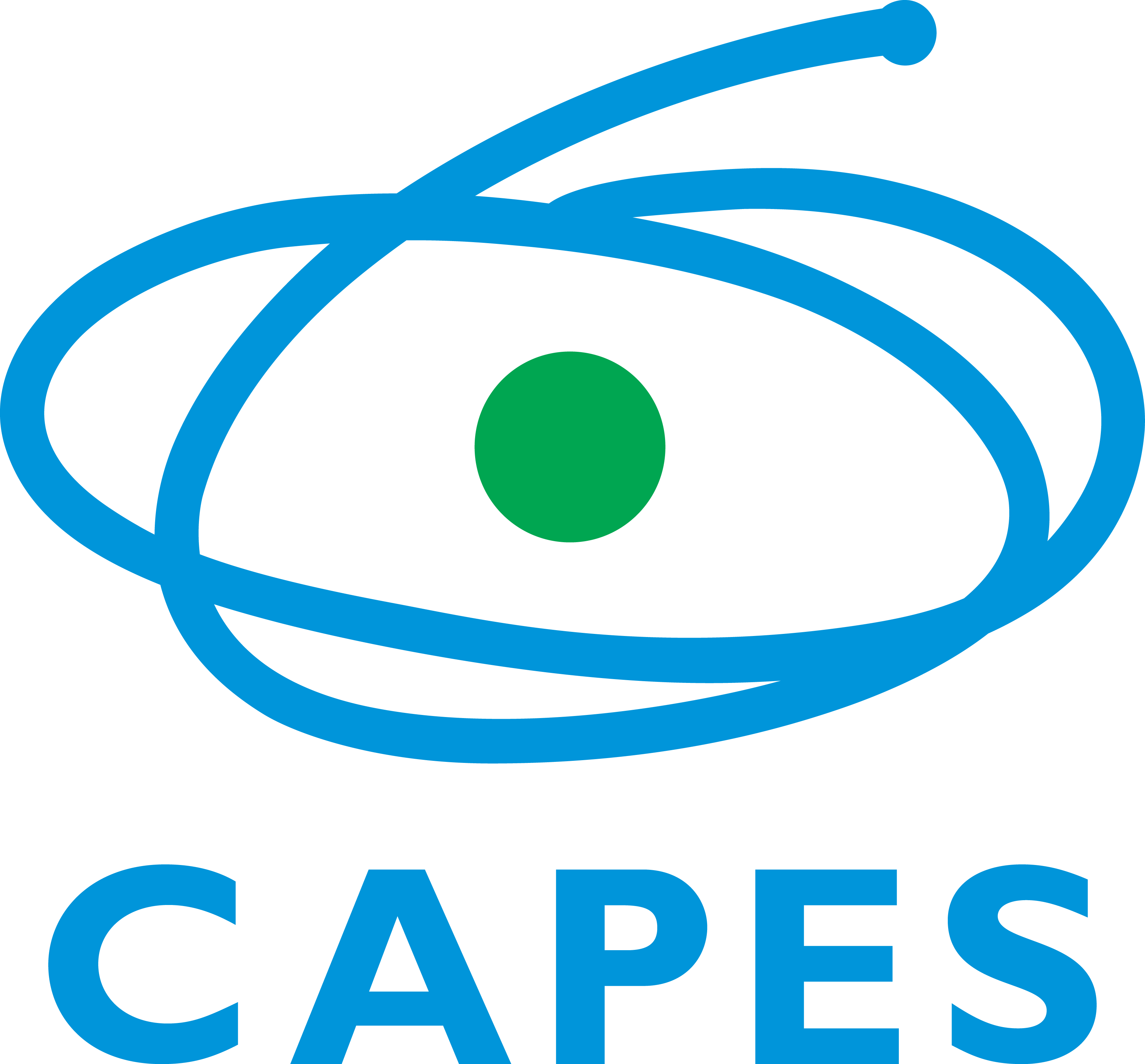Hadrian visited Londinium. Did anybody notice?
DOI:
https://doi.org/10.5433/1984-3356.2022v15n30p082-112Keywords:
Key-words: Britannia; Londinium; Expeditio Britannica; Hadrianic Fire; Walbrook Skulls.Abstract
Hadrian visited Londinium in 122 CE, a possible first stop on his expeditio Britannica to the province of Britannia. According to scarce sources, he sought to appease the mood or forcefully restore order on the island, where there were signs of discontent. His greatest achievement during the mission was the construction of the wall that now bears his name, an obstacle that would have sought to separate Romans from barbarians. But we do not know very well what the demand that made him go there was and the scenery he found in Londinium. Hadrian may have sought to quell a major uprising or just create the northernmost limes of the empire, but his departure, in the same year, may also have triggered an increased tension between Britons and Romans, to the point of causing, shortly afterwards, the outbreak of a possible disastrous rebellion for Londinium, in the form of a fire. The effects of such transformations can be seen in the stratigraphy of the excavations and also in the "landscape" of the mortuary practices in the city limits. Through authors who have focused on these connections and excavation reports on Londinium, I intend to report conflicts reflected in the mortuary practice, and bring proposals to follow-up studies on the Roman presence in Britannia.
Downloads
References
BARTON, Nicholas. The lost rivers of London: their effects upon London and Londoners, and those of London and Londoners upon them. 2nd. ed. Londres: Historical Publications Ltd, 1996.
BIRLEY, Anthony. Britain under Trajan and Hadrian. In: OPPER, Thorsten (org.). Hadrian: art, politics and economy. Londres: The British Museum, 2013. p. 130-138.
BOWMAN, Alan K.; THOMAS, J. David. New Writing-Tablets from Vindolanda. Britannia, vol. xxvii, 1996, p. 299-328.
CASEY, P. John. The coinage of Alexandria and the chronology of Hadrian. In: HUVELIN, Hélène; CHRISTOL, Michel; GAUTIER, Georges (org.). Mélanges de numismatique offerts a Pierre Bastien à l'occasion de son 75e Anniversaire. Wetteren: Cultura Press, 1987. p. 65-72.
DÍON CÁSSIO: Roman History. [S. l.: LacusCurtius], 2022. Disponível em: https://penelope.uchicago.edu/Thayer/E/Roman/Texts/Cassius_Dio/home.html. Acesso em: 30 set. 2022.
CLINE, Eric H.; GRAHAM, Mark William. Impérios Antigos - da mesopotâmia à origem do Islã. São Paulo: Madras Editora, 2012.
DESSAU, Hermann. Inscriptiones latinae selectae. [S. l.]: Berolini Apud Weidmannos, 1892. Disponível em: https://archive.org/details/inscriptioneslat01dessuoft/mode/2up. Acesso em: 30 set. 2022.
DIODORO SÍCULO. Library of history: book V, continued. [S. l.: LacusCurtius], 2017. Disponível em: https://penelope.uchicago.edu/Thayer/E/Roman/Texts/Diodorus_Siculus/5B*.html. Acesso em: 30 set. 2022.
ELLIOTT, Simon. Roman conquests Britain. Yorkshire: Pen & Sword Military, 2021.
ESTRABÃO. THE GEOGRAPHY of Strabo: literally translated, with notes, in three volumes. London: George Bell & Sons, 1903. [(Book 5, chapter 2, section 7)]. Disponível em: http://www.perseus.tufts.edu/hopper/
FRONTONIS (FRONTÃO), Marcus Cornelii. Epistulae [De Bello Parthico]. [S. l.: s. n., 2022]. Disponível em: http://epistol.glossa.dk/fronto.html#parth. Acesso em: 30 set. 2022.
FUNARI, Pedro P. A.; PINTO, Renato. Inscrições latinas da província romana da Bretanha. Revista Letras Clássicas, São Paulo, n. 8, p. 149-55, 2004.
GRAAFSTAL, Erik. What happened in the summer of A.D. 122? Hadrian on the British Frontier - Archaeology, Epigraphy and Historical Agency. Britannia, London, v. 49, p. 79-111, 2018.
HARWARD, Chiz; POWERS, Natasha; WATSON, Sadie. The upper walbrook valley cemetery of Roman London: excavations at Finsbury Circus, City of London, 1987-2007. London: MOLA, 2015.
HINGLEY, Richard. Hadrian's wall: a life. Oxford: OUP, 2012.
HINGLEY, Richard. Londinium: a biography: Roman London from its origins to the Fifth Century. Londres: Bloomsbury, 2018.
HOBBS, Richard; JACKSON, Ralph. Roman Britain. London: The British Museum Press, 2010.
HODGSON, Nick. The end of the ninth legion, war in Britain and the building of Hadrian's wall. Britannia, London, v. 52, p. 97-118, 2021.
ILS - Inscriptiones Latinae Selectae. In. DESSAU, Hermann (Org.) Inscriptiones Latinae Selectae. Berlim, 1892-1916, 3 vols. Disponível em: https://archive.org/details/inscriptioneslat01dessuoft. Acessado em 30/09/2022.
LAING, Jennifer. Art & Society in Roman Britain. Frome: Sutton Publishing, 1997.
MATTINGLY, David. An imperial possession: Britain in the Roman Empire, 54 BC-AD 409. Londres: Penguin. 2007.
OPPER, Thorsten. The Emperor Hadrian. London: The British Museum Press, 2008.
PERRING, Dominic. London in the Roman World. Oxford: OUP, 2022.
PERRING, Dominic. London's Hadrianic War?. Britannia, London, v. 48, p. 37-76, 2017.
PINTO, Renato. Os crânios do cemitério do Vale Superior do Walbrook: tafonomia e ritos. Revista M., Rio de Janeiro, v. 2, n. 4, p. 375-395, 2017.
REDFERN, Rebecca; BONNEY, Heather. Headhunting and amphitheatre combat in Roman London, England: new evidence from the Walbrook Valley. Journal of Archaeological Science, New York, v. 43, p. 214-226, 2014.
REVELL, Louise. Ways of being Roman: discourses of identity in the Roman west. Oxford: Oxbow Books. 2015.
RIB 3364: tombstone for Titus Annius […]. [London]: Roman Inscriptions of Britain. RIB III - Roman Inscriptions of Britain, vol. III. https://romaninscriptionsofbritain. org/inscriptions/3364.Disponível em: https://romaninscriptionsofbritain.org/inscriptions/3364. Acesso em: 20 set. 2022.
SALWAY, Peter. The Oxford illustrated History of Roman Britain. Oxford: OUP, 1993.
SALWAY, Peter. Roman Britain. Oxford: OUP, 1984.
SHA - SCRIPTORES HISTORIAE AUGUSTAE. In: THE HISTORIA AUGUSTA. [S. l.: LacusCurtius], 2019. Disponível em: http://penelope.uchicago.edu/Thayer/E/Roman/Texts/Historia_Augusta/home.html. Acesso em: 20 set. 2022.
TÁCITO, Públio Cornélio. The Agricola. Trad. Rev. H. Mattingly. London: Penguin, 1970.
TÁCITO, Públio Cornélio. The annals and the Histories. [London]: Encyclopaedia Brittanica, 1977.
TOMLIN, Roger Simon Ouin. Was Roman London ever a colonia?: the written evidence. In: WILSON, R. J. A. (ed.). Romanitas: essays on Roman archaeology in honour of sheppard frere on the occasion of his ninetieth birthday. Oxford: Oxbow Books, 2006. p. 40-64.
TOYNBEE, Jocelyn. Art in Britain under the Romans. Oxford: OUP, 1964.
VARNER, Eric R. Execution in effigy: severed heads and decapitated statues in Imperial Rome. In: HOPKINS, Andrew; WYKE, Maria. Roman bodies: antiquity to the 18th Century. Rome: The British School at Rome, 2005. p. 67-82.
VINDOLANDA Tablets Online. [Oxford: Vindolanda Tablets Online, 2022]. Disponível em: http://vindolanda.csad.ox.ac.uk/. Acesso em: 20 set. 2022.
VIRGÍLIO. Eneida. Tradução de Manuel Odorico Mendes. Campinas: Ed. da Unicamp, 2005.
WOOLF, Greg. Becoming Roman: the origins of provincial civilization in Gaul. Cambridge: CUP, 1999.
Downloads
Published
How to Cite
Issue
Section
License
Copyright (c) 2023 Antíteses

This work is licensed under a Creative Commons Attribution 4.0 International License.
The journal reserves the copyright on the contributions published, without material compensation for the author, and may make them available online in Open Access mode, through its own system or other databases; you can also make normative, orthographic and grammatical changes in the originals, in order to maintain the cultured standard of the language, with the final consent of the authors. The opinions expressed by the authors are their sole responsibility.










